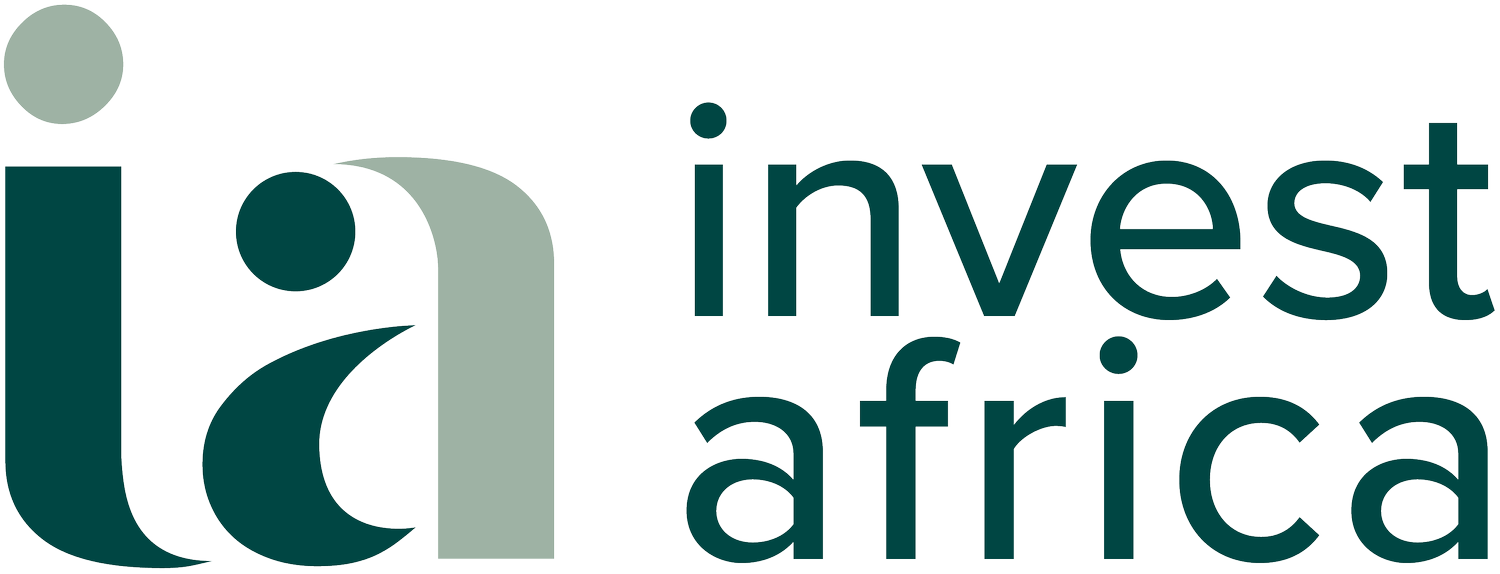Democratising education and the relevance of the lifelong continuum of learning
Kirsty Chadwick, CEO, TTRO
There has long been a traditional way of thinking in the education sector that one-curriculum-fits-all, and every student learns at the same pace in the same place. The curriculum of today has not significantly changed from the curriculum of 20 years ago. The same content is being taught but, because of the speed at which the world is advancing, we need to know and learn things today that were unheard of 20 years ago.
If the world and industry can advance at such a rapid pace, why is our education sector so static? It’s fundamentally stuck in its ways, doing the same thing it has always done and delivering the same content it has always taught. The reluctance to change and adapt is creating a massive divide between what is being taught and the needs of the current labour market.
Universal access to education (democratisation) is a worthy target – one firmly entrenched in the United Nations’ Sustainable Development Goals – but for this to truly improve the lives of learners, it needs to happen across the entire continuum of lifelong learning. This means access to high quality, freely available, easily accessible and, above all, relevant educational materials and resources from the day a person is born until the day they die.
So many people are dropping out of the education system with very little opportunity to be economically active at any point in their life – the education system has failed them, feeding an endless cycle of poverty. So how do we create within that continuum the relevant pathways to relevant skills that create employable economic opportunities for everyone?
In the age of automation, things like critical thinking become crucial for young people to learn. The ability to communicate in multiple ways in multiple mediums is equally vital for everyone going forward. Where are we teaching these skills? These skills need to be reinforced at every stage of the learning continuum, from early childhood development to primary school, secondary school and beyond.
Given the massive infiltration of technology across all sectors there are far less manual labour jobs and opportunities available. What technical skills are needed in sectors that are rapidly changing and how do we ensure we teach these skills to keep people employable?
For starters, there need to be long, challenging conversations between governments, the private sector and academia. Think of these three stakeholders as a triangle. Government is largely responsible for education from early childhood to high school; academia delivers the educational experience; and the private sector (ideally) employs the graduates of the educational system. Unfortunately, it’s rarely as straightforward as that given static curricula.
The private sector has an ongoing demand for new skills as it pushes forward with the Fourth Industrial Revolution and it has the insight to know what skill sets will be needed in the future. Industry needs to be working directly with government to build frameworks and curricula to meet future demand. Academia then delivers on these needs, supplying learners with the knowledge they need to become economic players throughout their lives.
Employers across multiple industry sectors are saying “we want to employ youth – but what we don’t want to have to do is spend a year getting them work ready”. The disconnect is no longer sustainable. We must do a better job of connecting the theory with the application all throughout the lifelong learning continuum if we want people to have real work opportunities.
Of course, coordinating such an effort between such a complex set of stakeholders is no simple task. There are so many views around the democratisation of education and the shaping of the lifelong continuum of learning that the solution is far from black and white. The development of a nation’s human capital is a hefty topic.
There needs to be a way to facilitate conversations between the public sector, the private sector and academia and build a network of likeminded individuals who feel strongly enough to unite and say “right, this is what we need to do”. What’s the action group, rather than the group that’s just going to talk about the problem? What do we need to do to solve for it?
The technology to enable democratisation of education already exists, but it’s very fragmented at the moment; there’s a lot happening in lots of little spaces and it’s currently not being well coordinated.
Historically government hasn’t been efficient at organising and facilitating such an undertaking, so the private sector is going to have to step up and take the lead in saying “we want to work together and synchronise with you”. In this coordinated effort, no player can stand higher than any other – everyone’s got a role to play. How do we define that and how do we create a common ecosystem of contribution and participation?
The timing for these conversations to take place couldn’t be better.
Before COVID, academia believed that classroom learning was the only proper method of teaching and dismissed the ability to use technology-enabled learning. COVID has gone on long enough that returning to a pre-COVID world of teaching is unlikely to happen. The technology for democratising education has been shown to work with the right infrastructure.
COVID is accelerating the conversations that need to happen between government, industry and academia to recognise the opportunity to do something differently; we’ve got the opportunity to think differently, and to rewrite and reform what we’ve done for the last 100/150 years in education. Let’s embrace that opportunity. Let’s move forward collectively and experiment and try new things.
By Kirsty Chadwick

